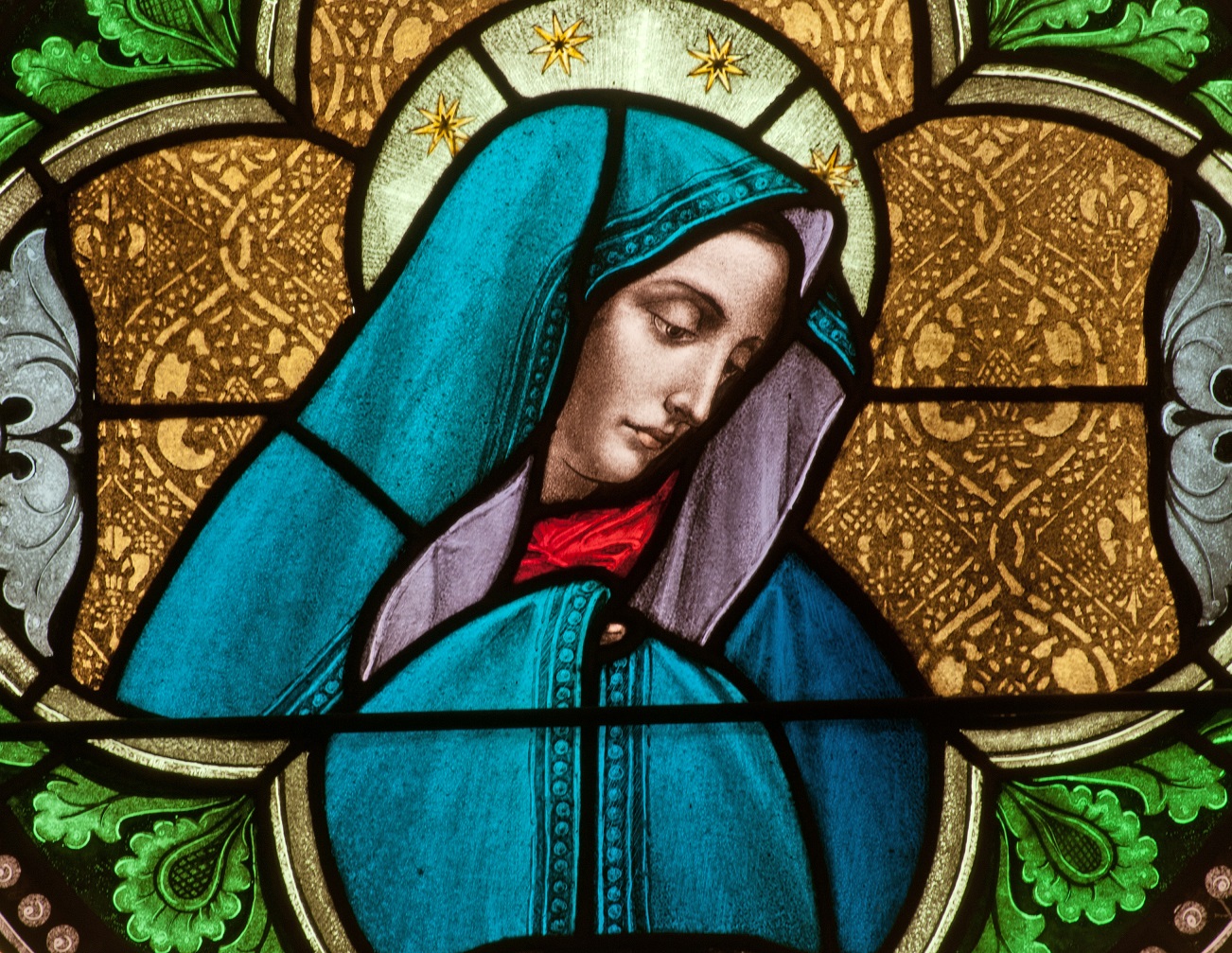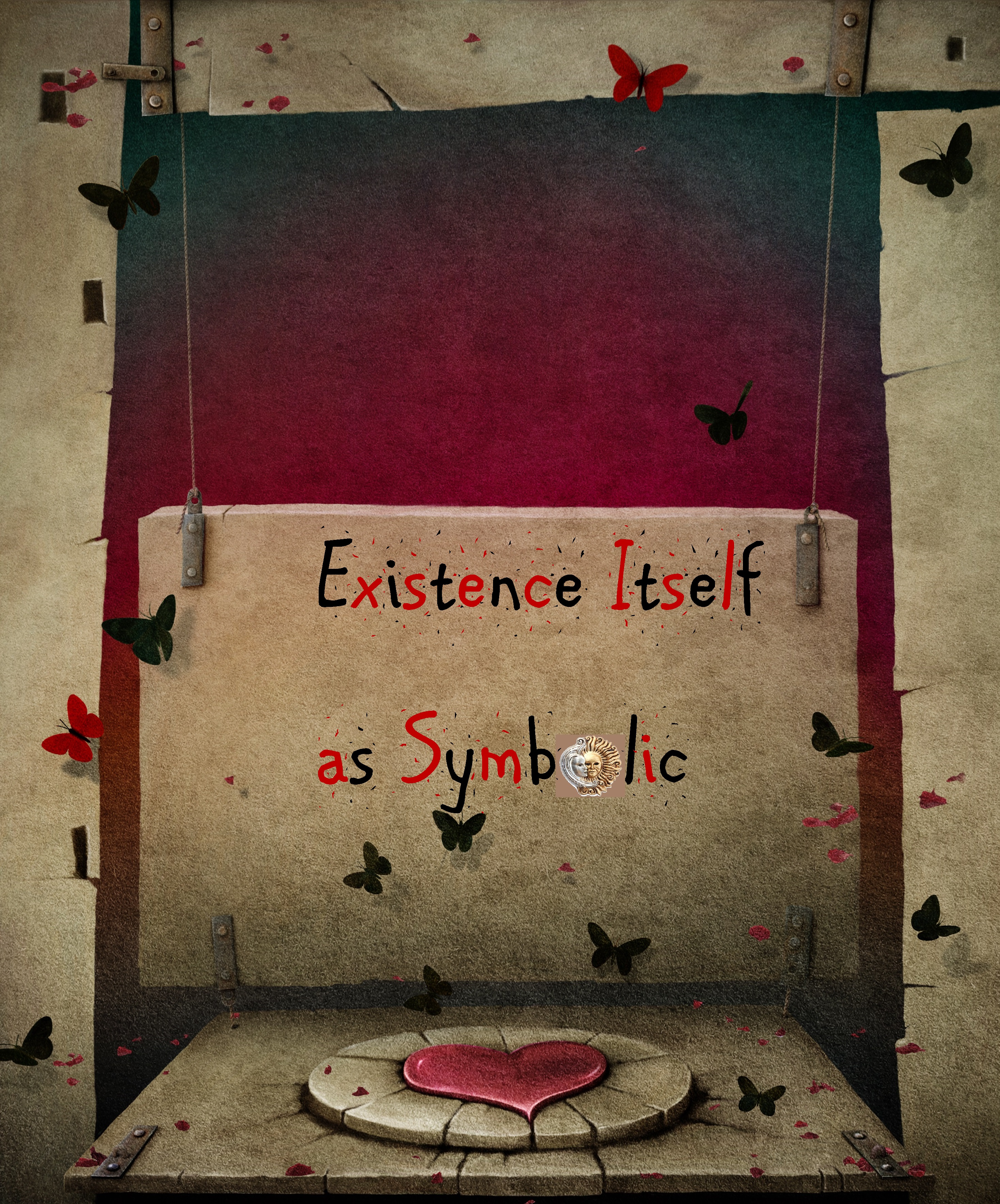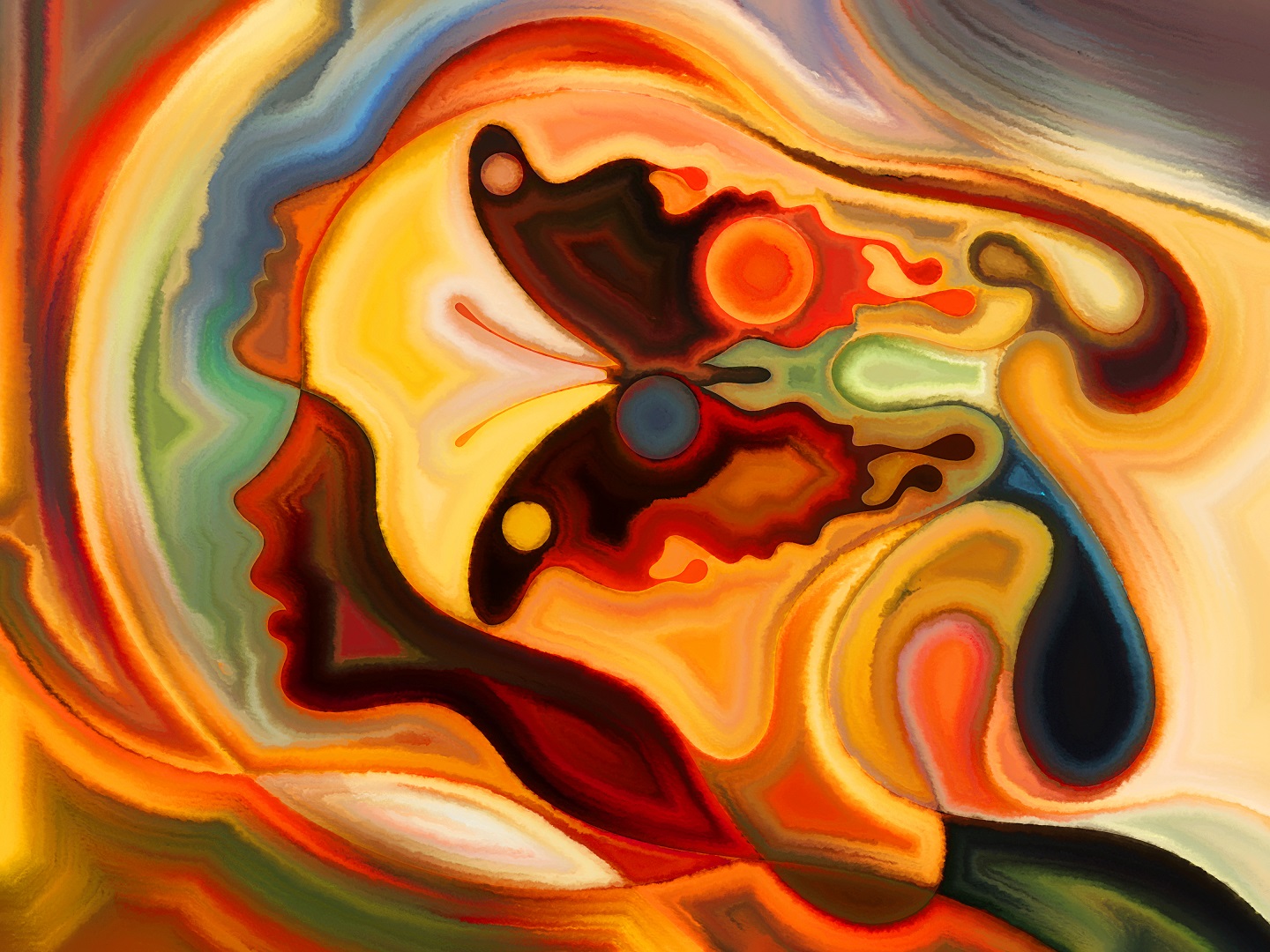
Few countries around the world enjoy the rich and multi-coloured religious and folk traditions of Greece proper. As the progeny of Greek parentage, I am most fortunate to have experienced the vast majority of these throughout the course of my lifetime. One that always fascinated me as a youngster was the crucifixion of Jesus Christ, the culmination and most dramatic episode of a salvific narrative in which God the Father sends an emissary in the Messenger of Light and Logos of the True God to suffer in humanity’s stead so that the collective human psyche might be saved from damnation. The contemplation of suffering impressed itself on the unripened clay of my own intellect early and stirred within me a deep-seated and unyielding desire for knowledge. It evoked within me a burning thirst to know, to seek out and to find; to peer under stones and examine the cosmographical patina of a religious dowry that was itself a consequence of having being born into the Greek Orthodox faith. In any case my first pilgrimage to the local Greek Orthodox Church to follow liturgies during the Holy Week brought me face to face with an elaborate precession of Christian effigies. The wooden statues would often be arranged before the church altar in a way as to recreate the crucifixion and facilitate either solemn contemplation or abject grief on part of the pious onlookers.
When one attended church at this time, he or she would be greeted by the dominant and central figure of a bleeding Jesus Christ nailed onto a cross, as well as two thieves crucified on either side of him and an entourage of holy persons watching on. These were commonly arranged about Jesus and included individuals whom comprised his inner circle; John the Baptist, Mary Magdalene, Mary Salome, Mary Cleophas and the Virgin Mary, Jesus’s own mother. The latter was often splayed out before the cross in a position suggestive that she had just fainted. All were usually depicted in frenzied states of hysteria and emotional overdrive. Something about a helpless mother watching her son passing through the gates of death with her hands clasped together in a posture suggestive of prayer sent a bloodcurdling chill pulsating up my spine. There was something undeniably primitive and savage about being forced to witness the death of your own child. Had something as horrendous as this actually transpired two thousand or so years ago? Surely a mother who’d witnessed the unmerited death of her own progeny would have died of grief shortly afterwards. Or would she?
I was suddenly seized by an intense urgency to know more about the Mother of God, the Perpetual Virgin, Immaculately Conceived as well as Immaculately Conceiving, the only woman to have been assumed body and soul into the ethereal paradise where she took up the mantle of Queen of Heaven. The idea of sitting beside the Blessed Virgin in a land of milk and honey seemed an enticing and intoxicating notion, one that far outshone any alternative science might offer. Despite their traditional routes, my parents weren’t really steeped in religious lore or faith so they were of limited use. I then brought the question to the attention of my religious education teacher, who dutifully informed me that details of her life in Biblical scripture were rather scant and that following the nativity she was hardly mentioned at all. Hearing those words was both anticlimactic and disappointing, and I immediately terminated my quest on the grounds that any subsequent discoveries might displace this foundation stone of my beautiful cosmos. Many years passed before deductive logic and inference won out and I abandoned the Greek Orthodox cosmogony with its contradictory heart-centre altogether. During this time I also stumbled upon scriptures that did not comprise the synoptic gospels, namely the Protoevangelium of James and the Gospel of Thomas. These texts contained some detail pertaining to the life of God’s Mother, but they appeared to be later interpolations that only fulfilled an unconscious demand for the aesthetically feminine.
For me the accumulation of evidence firmly suggested that the Christian vision hadn’t transpired in a literal sense as the gullible and ignorant would have us believe, but that it was an exoteric marker expressing cosmological processes which stood external to the limitations of mortal time and space. Its chief presiding symbol, the crucifixion of Jesus Christ, was a mystery story that was multifaceted in nature and multi-coloured in meaning. Each individual was bound to approach the image of Christ differently, depending on their relative position on the evolutionary ladder of consciousness. There are materialistic or reductionist, psychic and pneumatic types in this world, hence there is much credence to the notion that each is bound to see this polygonal and cosmographical truth from a different trajectory. In the realm of nature for example, Jesus’s crucifixion is a metaphoric expression of the vernal equinox and the annual rotation of the seasons. On a psychological level the event is a paradigm of the individuating ego which reconnects with the Self, as Jung would have affirmed; pneumatically and philosophically on the other hand, Jesus’s death marks the stage of the alchemical work known as the nigredo in which the old form or matter putrefies, dies and is supplanted by a much purer and virginal one that ignites from its ashes. Hence the Christian myth is true, at least in a Platonic sense anyway. Looking at it from this perspective, the mourning Jewish woman and mother of Jesus Christ who was usually depicted swathed in blue garments beside her dying son hadn’t ever been a flesh and blood person; no, she was something far superior and much more powerful than that. She who had been named the Virgin Mary by the Christian theologians and church fathers was a colourful image, a symbol and an archetype that spontaneously appeared on a cosmological scale where the masculine and the feminine formative forces are locked in an eternal battle for the ascendency.
The oldest known image of the Virgin Mary appears in the catacombs of Priscilla in Rome and dates to the second century ce. In a fresco which is vastly losing ground to the depredations of time, the Virgin Mary is depicted holding the babe Jesus in a pose reminiscent of Isis and Horus in ancient Egyptian iconography. Hanging directly over them are the fruit-laden branches of an apple tree. With some attention to detail, it soon becomes apparent that the divine mother-son pair is not alone. There is another figure in the fresco, probably a prophet, who stands beside the apple tree’s trunk and gestures towards one of the apples hanging off its outstretched branches. In choosing to paint the apple tree into the fresco, the Christian artist was appropriating an ancient symbol of the Underworld that belonged to the classical sphere of the mother goddesses. A Greek myth dating to about 700bce spoke of a grove of apple trees called the Garden of the Hesperides that had been given to Hera–queen and mother of the Olympians–as a present for wedding Zeus. The grove stood somewhere near the western horizon and was safeguarded by the Hesperides, the nymphs of the starry night, as well as a one hundred-headed dragon named Ladon that had been put there by Hera herself. Its golden apples were magical and furnished immortality and spiritual knowledge to those lucky enough to taste them. The Greek word Hesperos means “Star of the Evening”, a small etymological detail which incriminates the Garden of the Hesperides to be no more than a mythographical rewrite of the World Tree, the ethereal body of the Great Mother Goddess.
In daring to venture along a path demarcated by this tree symbolism, we see that the branches of the apple tree depicted on the Christian fresco are the zodiac and stellar constellations of the night sky. The apples then are the celestial lights or star-fruits. Hence the fresco must be drawing attention to the unity of above, the heavens, and below, the earth, as mirrors of the same profound destiny. This is definitely the interpretation alluded to by many scholars, including Professor Gregory Athnos of North Park University in Chicago, all of whom agree that the prophet is pointing to a star-fruit which is none other than the Star of David, the harbinger of the incarnation of the Messiah. The unknown artist who painted the fresco no doubt retained a feeling for the older matriarchal images but adhered to a newly synthesised cultural canon of the archetypal feminine that had arisen through a transformation governed by the unconscious and consequently chose to replace the pagan goddess Hera with the Christianised figure of Virgin Mary.
Between the third and fourth centuries ce, there was an explosion and proliferation of Marion images aided by a socioreligious juxtaposition; the gradual ascendance of Christianity and the gradual decline of the Roman Empire. The religious milieu of the Mediterranean world was variegated, humanistic and progressive at this time, with various cults in contention for orthodoxy. First there were the pagan mystery religions of late antiquity–the Eleusinian Mysteries of Demeter and Persephone based at Eleusis, the Mysteries of Artemis conducted just outside Ephesus, the Mysteries of Isis and Osiris based at Alexandria, and the Dionysian Mysteries with its intoxicating rites conducted at various centres throughout the Greco-Roman world. Then there were the henotheistic and inbred Gnostic sects with their asceticism and peculiar sense of moral licentiousness, the Semitic monotheists or Jews, the independent mystics, as well as orthodox stream of Christianity that was to become the Catholic Church. Most of the mystery cults equated waking consciousness with the condition of sleep or drunkenness and mystical contemplation or apotheosis a superconscious awakening to the pneumatic truth lying behind the shadow play of life and death. Those accepted into the mysteries had to take an oath of secrecy before beginning an initiatory ascent up a hierarchical ladder of grades aimed at revealing cosmological truths through theurgical practice, intellectual growth and mystical contemplation, or a combination thereof. The downfall of the vast majority of the mystery religions was their elitist values which precluded slaves, women, and the financially unstable from initiation and cult practice. Moreover, their eschatological deductions either included or implied reincarnation, a metaphysical doctrine nowhere near as enticing as enjoying an eternity amidst loved ones in a paradisal land of milk and honey. Christianity on the other hand offered the latter, and unlike the mystery cults, opened its gates of salvation to all God’s minions. Regardless of whether or not one was a slave or a free citizen, rich or poor, sick or healthy, a man or a woman, he or she was assured a place next to the gold-laden throne of Jesus Christ in heaven simply by following a spiritual path demarcated by the repentance of sins and moral righteousness.
It goes without saying that the latter prevailed. The dwindling twilight of the Greco-Roman mystery cults was permanently snuffed out by Emperor Flavius Theodosius (347-395ce) whose royal edict of 380ce suppressing all pagan practice was a foretoken for Christian proselytes to decimate pagan sanctuaries like the Alexandrian Serapeum in Egypt and the Delphinian oracle of Apollo in Greece proper. But the rites and rituals associated with these primeval traditions, particularly those associated with the mother goddesses Isis, Artemis and Athena, had been practiced for centuries on end and were so deeply incised in the clay of collective consciousness that all attempts on the part of the Early Church Fathers to expunge them completely proved futile. Their course of action was to facilitate a subtle demythologisation process whereby the matriarchal imagery and customary rites were stripped from the older mother goddesses and subsequently placed under the tutelage of the Virgin Mary.
Hence August 15th, a day which signified the birth of the Egyptian Isis as well as her celestial counterpart Sopdet (the star Sirius) in the predawn skies after a seventy day absence, became the feast of the Dormition of the Virgin. Furthermore the miraculous manner in which Isis gave Horus birth is echoed in Mary’s own Immaculate Conception. Isis achieves this by transforming into a kite and hovering over her dead husband’s member, whilst Mary’s is the spontaneous product of an ethereal word. In both cases their virginal purity remains unsoiled. In the first four decades following Theodosius’s decree, the iconic figures of the Virgin Mary which appeared were festooned in the mural crown of Artemis, painted with the gorgon of Athena on their breast, and, wherever accompanied by the babe Jesus, were depicted striking an identical pose as that of Isis with little Horus. Together with the acquisition of ancient images associated with the mother goddesses came the inheritance of their titles. In 431ce, at the Third Ecumenical Council of the Christian Church, the First Council of Ephesus, the Virgin Mary was proclaimed “God-bearer”, or Theotokos in Greek. Unsurprisingly the title conferred upon her was neither original or unique, for it had once belonged to the mother goddesses Isis and Cybele.









